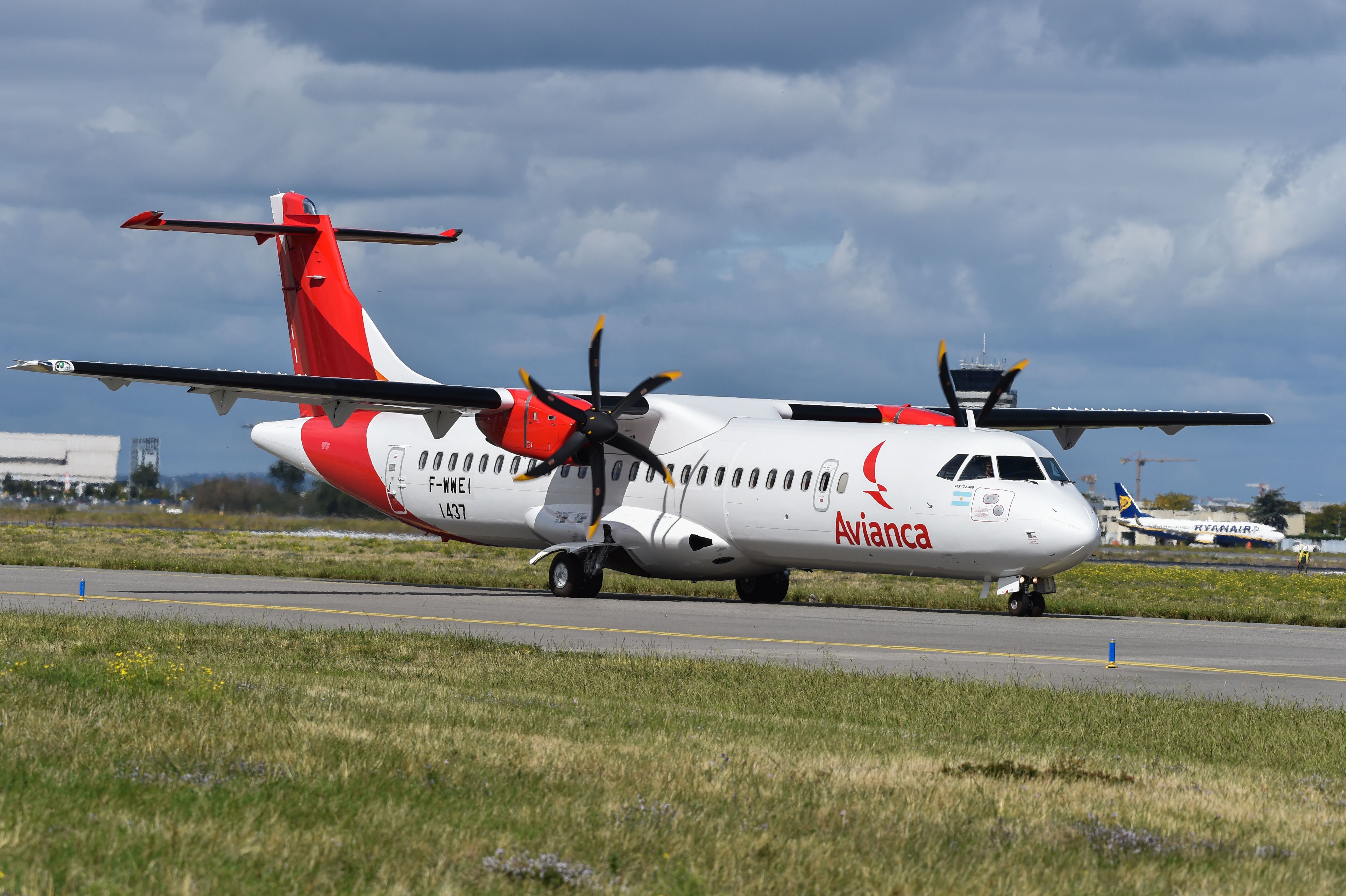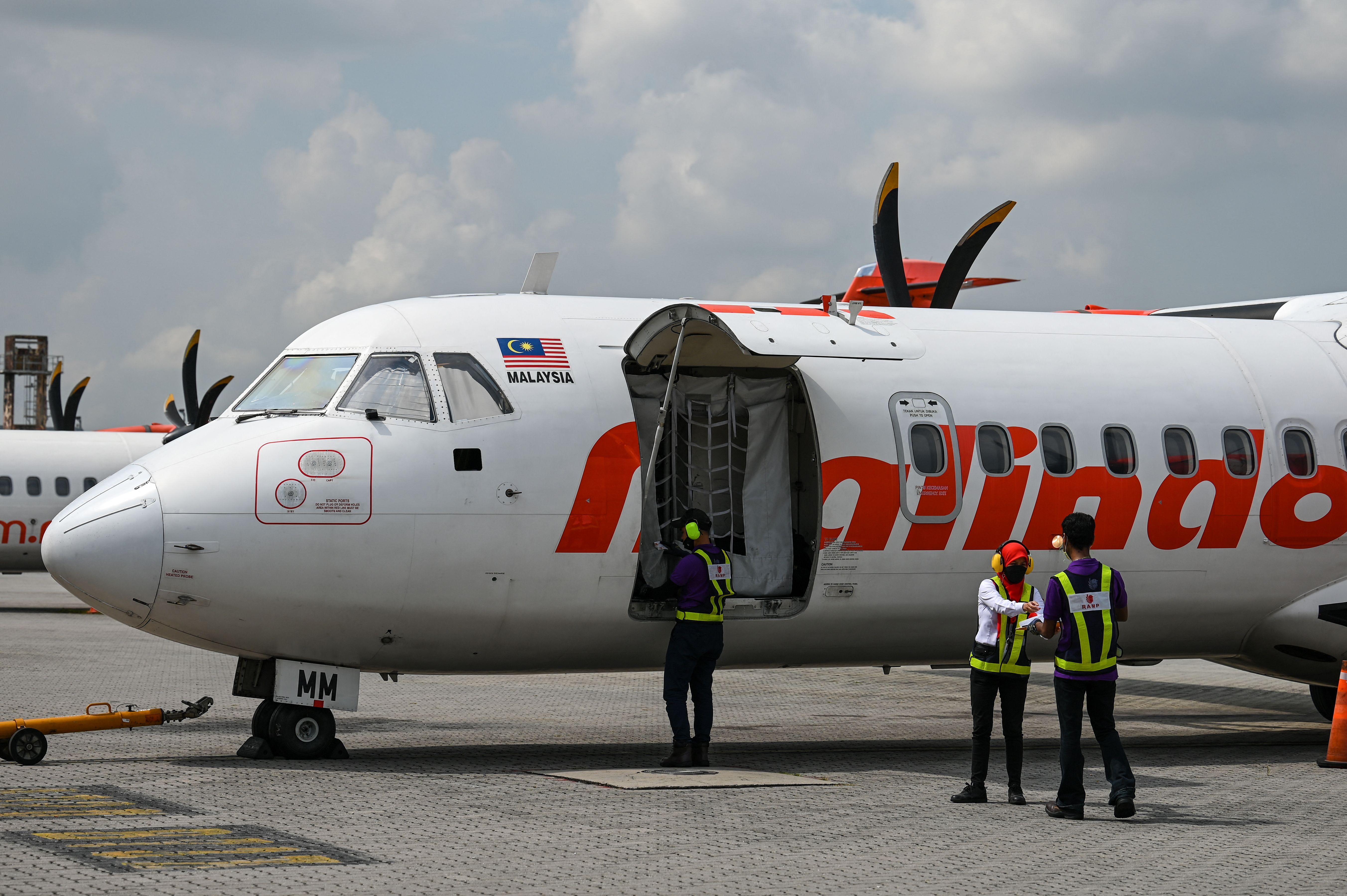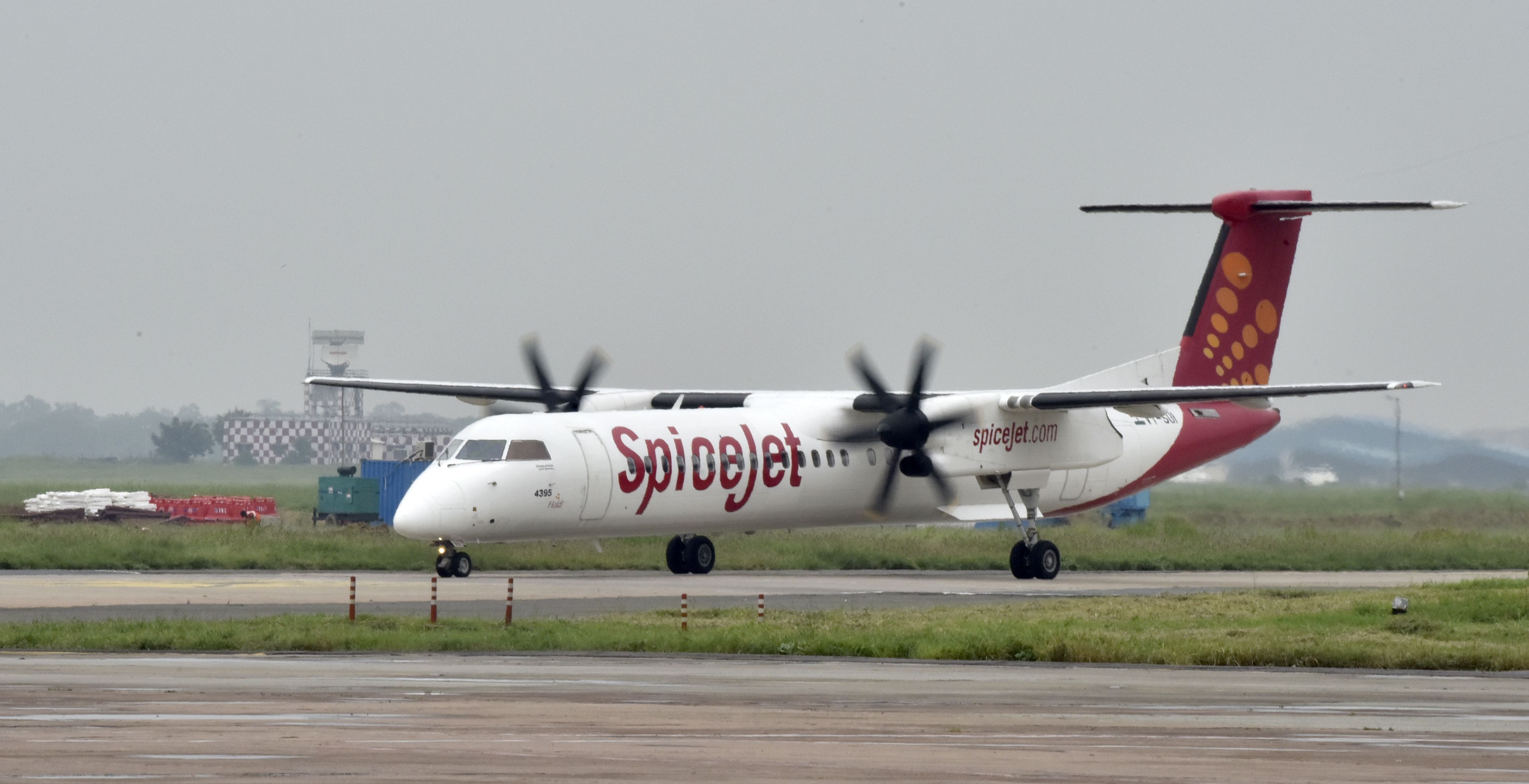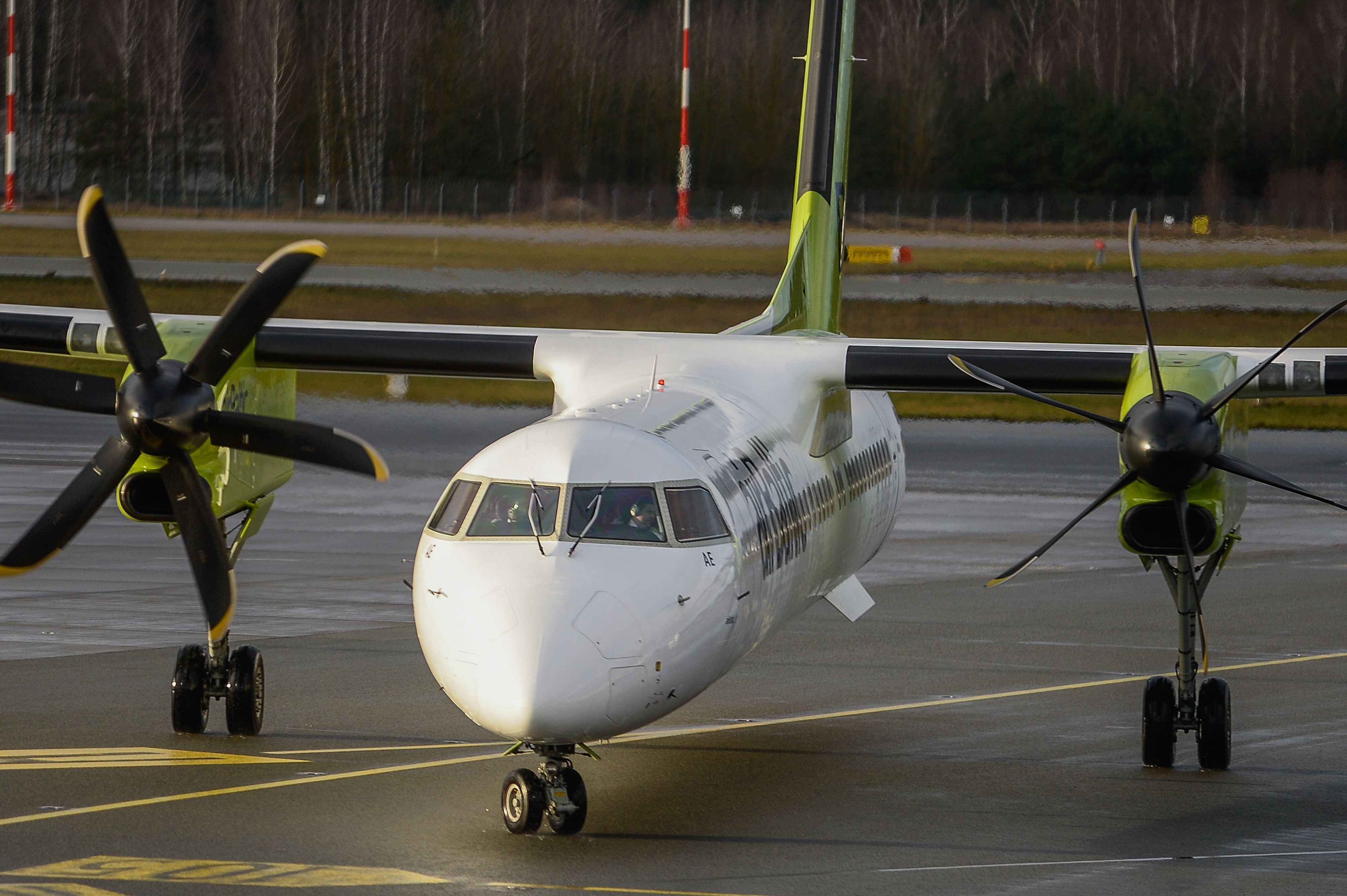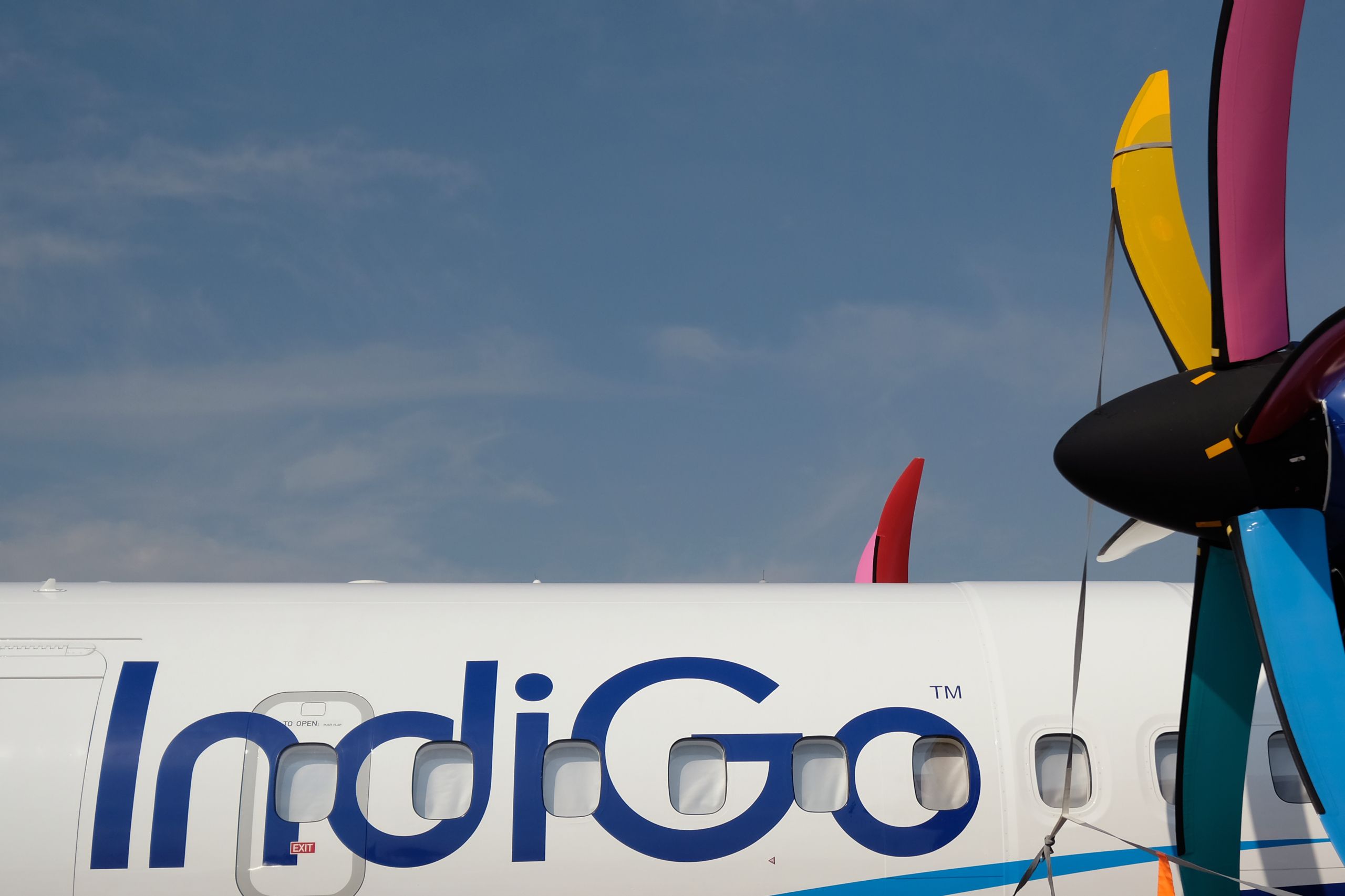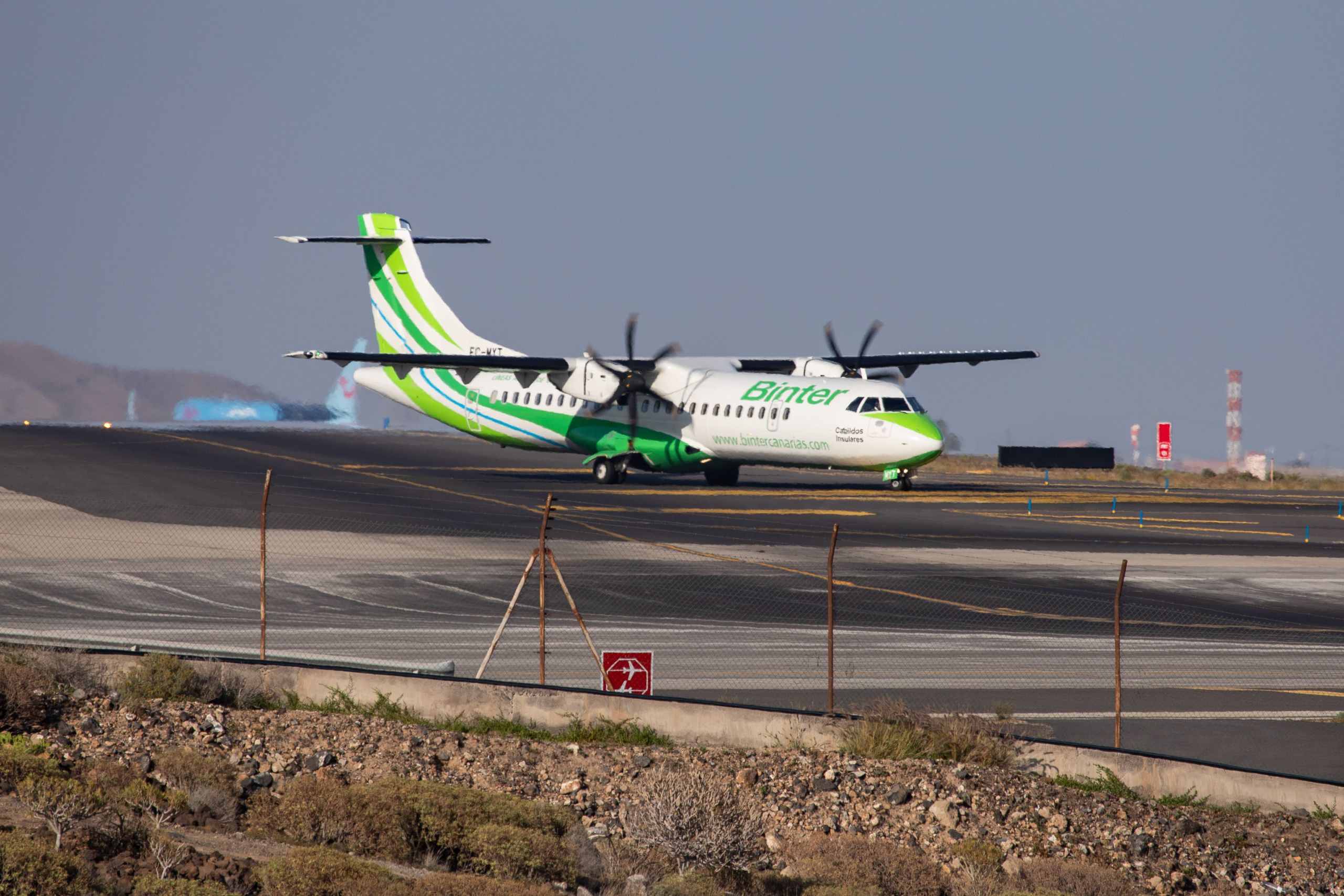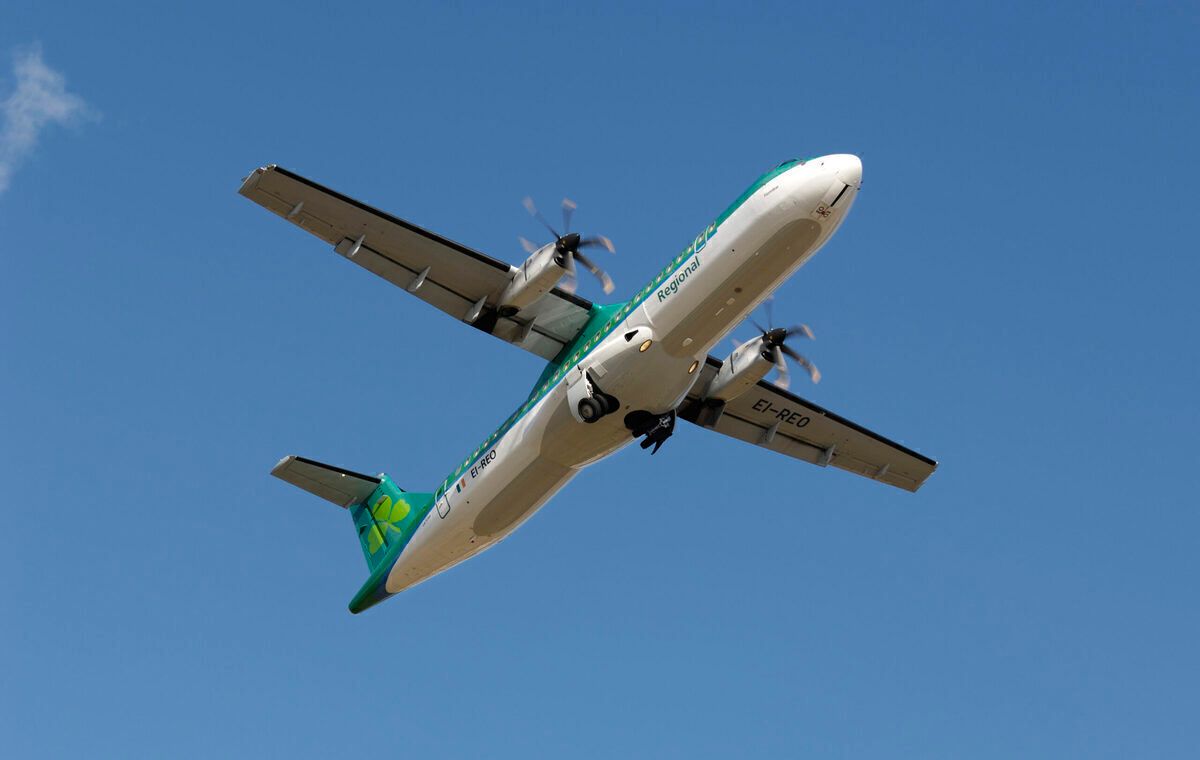When it comes to turboprop aircraft, two brand names come to mind. First is the Aerei da Trasporto Regionale 72 (ATR 72), and the other is the De Havilland Canada DHC-8 (Dash 8). However, Which of the two planes is better? Let's take a look.
Which aircraft are we comparing?
If you have flown on a commuter route to a smaller airport, there is a chance that you have flown on board a turboprop aircraft. This type of aircraft has propellers rather than jet engines (turbofan engines specifically) and operates a little slower, but is pressurized and still able to perform a similar journey as a jet aircraft. Turboprops do have some advantages, such as being able to land at smaller airports and being cheaper to operate.
The first aircraft we will be comparing is the ATR 72, named after how many passengers it carries and developed in France by ATR in 1984. ATR is half-owned (50%) by Airbus, and benefits from its technology.
The second aircraft is the DHC-8 (known as the Dash 8, not to be confused with the Dash-80). It was built by a range of builders over the lifetime of the brand (De Havilland in 1984, Boeing in 1988, Bombardier in 1992 and now Longview Aviation Capital in 2019).
As both aircraft types are in extensive use around the world and designed around the same time, they will make a suitable comparison. There are a few types of older ATR 72s, but we will be using the latest (the -600) for this study. As there are four types of Dash 8s (Q100, Q200, Q300, and Q400), we will use the most popular one (Q400) for this comparison.
Range and capacity
We will start by examining the passenger and range capacities of both aircraft:
- ATR 72 can transport 70-78 passengers (depending on seat pitch) to a range of 1,528 km (825 NM).
- Dash 8 Q400 can transport 82-90 passengers (depending on the seat pitch) to a range of 2,040 km (1,100 NM).
From the above, we can see that the Dash 8 Q400 beats the ATR 72 in range and passenger capacity. It can carry more passengers than the ATR 72 (but only a few more) to a longer range.
Fuel efficiency
However, most airlines won't be using these aircraft to the maximum range and instead for small commuter routes. How does their fuel efficiency compare over a short distance?
This is where things get a little murkier. According to ATR's website, the ATR 72 is 39% more efficient in fuel burn over 300 NM. We could conclude that the ATR 72 is far more fuel-efficient than the Q400, but the Q400 carries more passengers. On a fuel burn per seat basis over the same distance, the Q400 comes out 8% ahead.
Additionally, this is assuming that the two aircraft are flying at the same speed to the same distance. But don't be too quick to dismiss the Q400. The standard top speeds are as follows:
- ATR 72 cruise speed: 510 km/h (280 kn)
- Dash 8 Q400 cruise speed: 556–667 km/h (300–360 kn). The Q400 also cruises at a higher altitude.
This faster-cruising speed means that the Q400 aircraft gets to its destination quicker (an hour flight on the Q400 takes one hour and 15 minutes on the ATR 72). More rapid flights mean more sectors in a day. This means the Q400 could perform an additional one-hour flight every six hours over the ATR 72.
The addition of more seats in the cabin and a quick turnaround time can mean a better bottom line for the airline.
How much do they cost?
The ATR 72 might be cheaper to operate, but will it cost more than the Dash 8? Let's take a look at the prices:
- ATR 72-600: $26 million
- Dash 8 Q400: $32 million
Changing climates
There has been a significant shift in the conditions within the aviation industry in recent year amid the global health crisis. Turboprop operations have been and will continue to be massively impacted by these changes. There was initially a severe downturn in passenger activity in 2020. However, short-haul services became more popular than long-haul flights due to the stringent travel restrictions in place.
Subsequently, there was a new role for turboprops. For instance, in the summer of 2020, Hi Air confirmed that it was increasing Korean regional connectivity with the purchase of two ATR 72 planes. The move highlighted the resilience of the regional aviation industry, which was making a faster recovery.
ATR SVP of Commercial, Fabrice Vautier highlighted the role that the firm's aircraft continued to play. There are added benefits with turboprops for these local operations.
“Regional connectivity is more vital than ever and this is why the regional aviation segment will be resilient. In many countries, we are already seeing that domestic and regional routes are the first to return and in the case of Hi Air they continued to fly. Businesses, governments and people around the world are looking for solutions to this crisis and regional aviation has a key role to play," "Our ATR aircraft have the right blend of economics and operational versatility to support airlines. Furthermore, with their advantage in fuel burn and CO2 emissions, they are the perfect solution to help aviation emerge from this global recovery as a more sustainable industry.”
Turpoprops remained just as popular as the aviation market started its recovery process.
2022's Farnborough Airshow is a prime example of this popularity. The ATR 72 saw plenty of attention at the event, including when Japan's Feel Air signed a letter for 36 units of the aircraft. This summer, Air Serbia also confirmed that it was adding additional ATR 72-600s and considering a P2F conversion.
A place for both
It's not only the ATR that is proving to be a helpful solution in the new era. There were several deliveries of Dash 8 during the height of the pandemic. Carriers such as Biman Bangladesh Airlines began receiving units. The company noted that the plane's economics and passenger environment allow it to offer high-frequency services within Bangladesh and neighboring nations. The turboprop combines well with the carrier's narrowbody jets to improve its overall network efficiency and connectivity.
Notably, the operator stated that during the health crisis, it found that the role of the Dash 8 is even more essential as it sees gradual traffic recovery after lockdowns. De Havilland Canada's regional VP of Sales, Rob Baseggio, shared that the Dash 8-400 aircraft’s greater passenger and cargo capacity set it apart from its rivals and give Biman the chance to optimize its network.
De Havilland paused its Dash 8-400 production in mid-2021 in a bid to concentrate on its backlog. Still, the company is working on restarting its production at a new Alberta facility. The Q400 is still seeing interest, with Connect Airlines last month announcing that it is leasing three units from NAC.
Get the latest aviation news straight to your inbox: Sign up for our newsletters today.
Bottom line
Above all, both aircraft provide a fantastic solution to commuter routes and services in remote, challenging areas. Nonetheless, different carriers have different requirements. A factor for one company may be far more important than the other. For instance, the Dash 8 has been praised for its adaptability to perform in crucial firefighting missions.
The ATR 72 comes in at a lower price and is cheap to operate. These aspects make the plane a perfect offering for airlines looking for a simple solution. If the airline needs the extra range or has a high passenger demand, the Dash 8 Q400 may be more appropriate. Regardless, both turboprops will have an important role within airlines on the road to recovery in the airline industry.
Altogether, which aircraft do you prefer out of the ATR 72 and Dash 8? Have you flown on any of the two planes over the years? Let us know what you think of the turboprops in the comment section.

